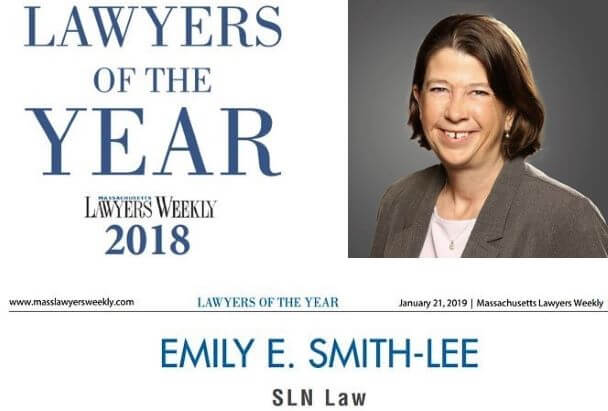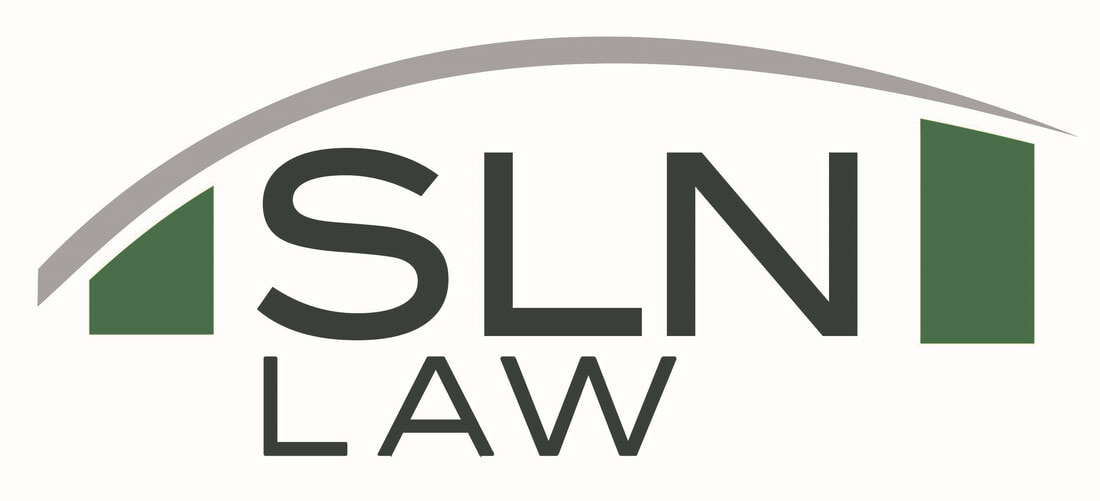Understanding MOLST (Medical Orders for Life-Sustaining Treatment) Forms and Their Limitations
Navigating MOLST Forms and Your Health Care ProxyWhen it comes to end-of-life planning, you may come across a document called a MOLST form, which stands for Medical Orders for Life-Sustaining Treatment. A MOLST form is a medical document used to communicate your preferences regarding life-sustaining treatments and interventions in emergency situations. While these forms play a crucial role in ensuring your medical wishes are honored, it's essential to understand their limitations and the role of your health care proxy in this context.
|
We're Here to Help.OR
|
The MOLST: More Than Just "Do Not Resuscitate"
While many people associate the MOLST primarily with "Do Not Resuscitate" (DNR) orders, it encompasses a broader range of critical medical decisions. The MOLST allows you to specify your preferences for various life-sustaining treatments beyond just resuscitation. These choices can include whether you wish to be transported to a hospital, undergo intubation, or receive artificial feeding in situations where these measures would typically be considered medically appropriate.
Moreover, the MOLST isn't always a simple "yes" or "no" declaration. For instance, when it comes to intubation, you have the option to refuse all intubation, accept all intubation, or specify that you only consent to intubation for a limited duration. Understanding the nuances of the MOLST and making informed decisions is crucial for ensuring your medical care aligns with your preferences and values during serious health crises.
Moreover, the MOLST isn't always a simple "yes" or "no" declaration. For instance, when it comes to intubation, you have the option to refuse all intubation, accept all intubation, or specify that you only consent to intubation for a limited duration. Understanding the nuances of the MOLST and making informed decisions is crucial for ensuring your medical care aligns with your preferences and values during serious health crises.
Limitations of MOLST Forms
- Specific Medical Orders: MOLST forms contain specific medical orders, such as whether you wish to receive cardiopulmonary resuscitation (CPR), intubation, artificial nutrition, or hydration. These orders are typically followed by medical professionals in emergency situations.
- May Not Cover All Scenarios: MOLST forms focus on life-sustaining treatments and may not address all possible medical interventions or scenarios. They are not comprehensive advance directives like living wills or health care proxies.
- Does Not Authorize an Agent to Make Other Decisions: The MOLST does not authorize anyone to make medical decisions that are not covered by the specific categories in the form.
The Role of Health Care Proxy
While MOLST forms provide important guidance, it's essential to recognize that they may not cover every medical decision that may arise during your care. In situations where the MOLST form's instructions do not address a specific medical intervention, your health care proxy can play a crucial role.
Override in Emergency: If your health care proxy is present during an emergency and a medical decision needs to be made that is not covered by the MOLST form, they can override the form's instructions to ensure your wishes are followed.
Importance of Clear Communication:
To ensure your health care proxy can make informed decisions on your behalf, it's crucial for them to fully understand your medical preferences and values. Have open and detailed discussions with your proxy about the treatments you would want or not want in various scenarios. This communication can help your proxy make decisions that align with your wishes, even in situations not explicitly covered by the MOLST form.
Override in Emergency: If your health care proxy is present during an emergency and a medical decision needs to be made that is not covered by the MOLST form, they can override the form's instructions to ensure your wishes are followed.
Importance of Clear Communication:
To ensure your health care proxy can make informed decisions on your behalf, it's crucial for them to fully understand your medical preferences and values. Have open and detailed discussions with your proxy about the treatments you would want or not want in various scenarios. This communication can help your proxy make decisions that align with your wishes, even in situations not explicitly covered by the MOLST form.
Conclusion
In summary, MOLST forms are valuable tools for communicating your preferences for life-sustaining treatments during emergencies. However, they have limitations, and your health care proxy can step in to make critical decisions when necessary. To ensure your end-of-life wishes are respected, clear communication with your proxy is essential.
Need Help Understanding Medical Decision-Making for a Loved One?
We have a FREE online workshop with one of our experienced estate planning attorneys to help give you the answers you need to get started on your road to peace of mind.
Meet Our Estate Planning and Probate Lawyers

Emily Smith-Lee is the owner and founder of slnlaw. She is a 1996 graduate of Boston College Law School. She was previously a partner at the Boston office of a large international firm, where she worked for thirteen years before starting the firm that became slnlaw in 2009. She has been recognized as Massachusetts Superlawyer each year since 2013, and in 2018 earned recognition as one of Massachusetts Lawyers Weekly's Lawyers of the Year.

Jenna Ordway: Jenna is a 2013 graduate of Quinnipiac Law School, and also earned an LLM in Taxation from Boston University in 2015. She has been affiliated with slnlaw since 2011, first as a law clerk and then as an attorney. Jenna has been recognized since 2019 as a "Rising Star" by Massachusetts Superlawyers. Jenna wrote a book on estate planning: The Road to Peace of Mind: What You Need to Know About Estate Planning. Jenna has helped many individuals and families with planning to protect their legacies and loved ones, and planning for the future and succession of their businesses.

Sharleen Tinnin: Sharleen is a 2010 graduate of Northeastern University School of Law, and earned her LLM in estate planning from Western New England Scool of Law in 2016. She has been with slnlaw since 2023. Prior to joining slnlaw, she worked with King, Tilden, McEttrick & Brink, P.C. on complex civil litigation matters. She previously worked for the United States Department of Justice, and received an "Excellence in Justice" award in 2017. Sharleen has helped many clients with planning for their legacies and their future, and navigating the probate process in Massachusetts after the death of a loved one.
How We Can Help
We are here to provide guidance on understanding MOLST forms and their implications for your end-of-life care. Our expertise can assist you in communicating your wishes effectively with your health care proxy, ensuring your medical decisions align with your values and preferences. You can use the button below to schedule a free information call, or simply give us a call at 781-784-2322.





